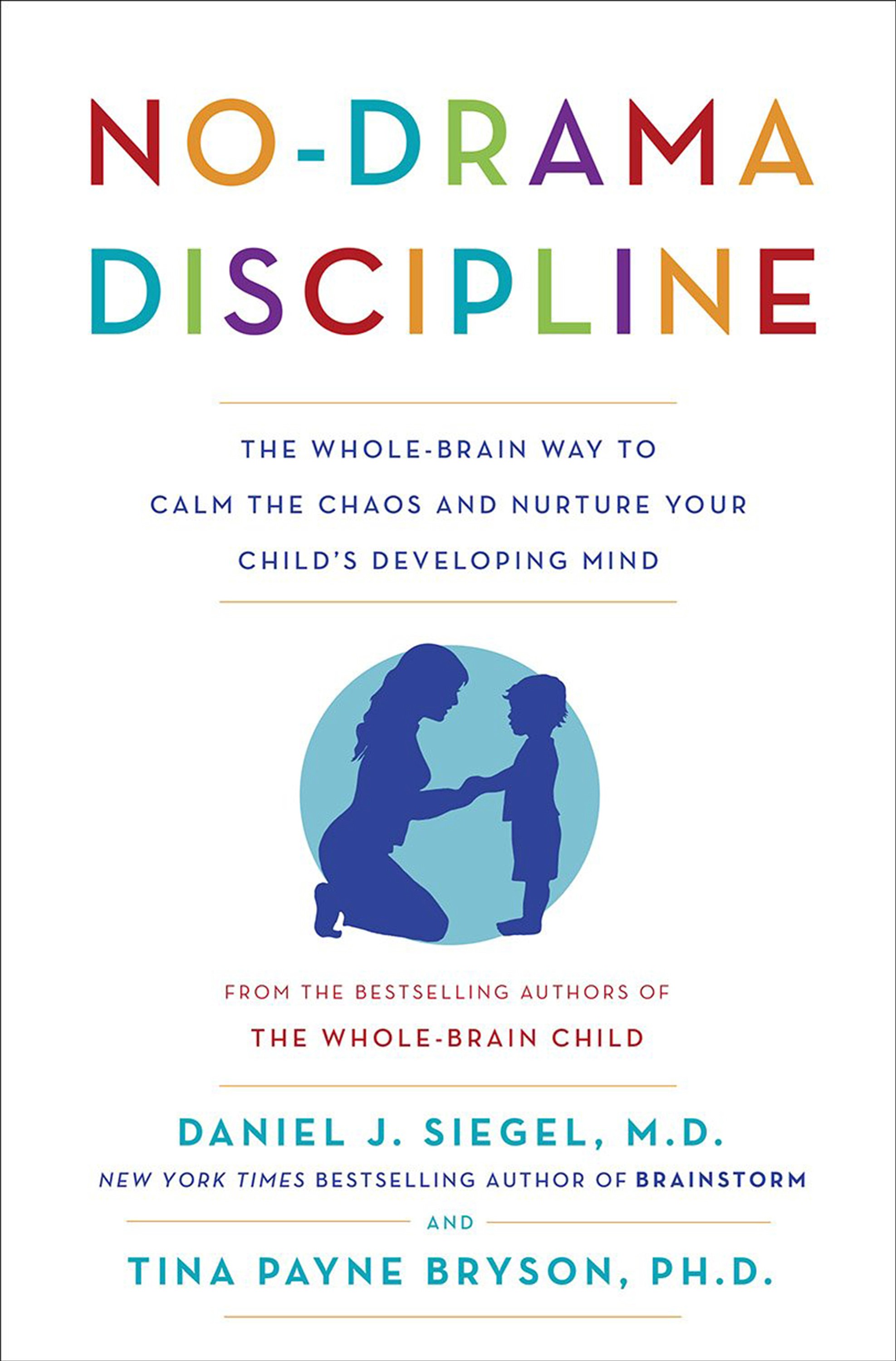In their book “No-Drama Discipline: The Whole-Brain Way to Calm the Chaos and Nurture Your Child’s Developing Mind” (Bantam), Dr. Daniel J. Siegel and Tina Payne Bryson make a compelling case for using a child’s misbehavior as an opportunity to teach and nurture. Their approach stems from the direct link between a child’s neurological development and the way a parent reacts to an incident.
Yelling, recrimination and timeouts, they argue, can drive a wedge in the parent-child relationship without any learning taking place. We asked Siegel, a child psychiatrist and clinical professor of psychiatry at the University of California at Los Angeles School of Medicine, and Bryson, a therapist and parenting educator, about the book’s underpinnings. Following is an edited transcript.
What is the core message of the book?
Payne Bryson: Discipline is really about teaching and skill building. And the way we communicate with our children in these discipline moments are great opportunities.
Siegel: We want to return the definition of discipline to teaching skills rather than punishment.
How would you describe “whole brain” in the context of the book’s goals?
Siegel: The idea is that there are many parts of the brain and making sure that you honor the difference among them. The linkage is the word “whole.” So, we’re honoring the different parts and allowing them to link together. That is the basis of something called integration, which is the whole principle of all of our work.
Neurobiologically, what has research shown about how children’s brains work and develop, and how does that dovetail with how you approach discipline?
Payne Bryson: Fortunately and unfortunately, discipline is something parents do all day, every day. And by “discipline,” I mean teaching. Because we’re disciplining so much, it’s one powerful way we can have tremendous impact on how this brain develops. Which is why we need to be thoughtful and intentional about how and why we discipline.
In the book, you mention that you hesitated to use the word “discipline” at all. Why?
Payne Bryson: We ask audiences what word comes to mind when we say “discipline.” Almost universally, people say “punishment.” In our culture, discipline is somewhat synonymous with the idea of punishment. We wanted to emphasize the idea of teaching and skill building. So, we decided we were going to reclaim the original meaning.
Siegel: The importance of the parent as the child’s first teacher can also set the stage for how our culture is created.
Are you telling readers that teaching replaces punishment in those moments when children act out?
Siegel: The idea is to teach skills and not just modify the immediate behavior with punishment. The ultimate goal as children grow is that they carry with them not just fears from punishment but skills from teaching.
Payne Bryson: A lot of punishment doesn’t do anything to build skills. It doesn’t do anything to change behavior in the long term. Many times punishment is counterproductive because it takes the child’s attention from the lesson at hand and toward how mean their parent is.
What’s the reasoning behind the two main goals you mention: cooperation short term, and skills and resiliency long term?
Payne Bryson: We need something to work in the moment. We need our kids to get in the car, we need them to brush their teeth, so one goal of discipline is to just have them do things they need to do. The second part, with skill building in mind, is that we have to discipline less over time as our children become more self-disciplined and more reflective.
With the phrase “saying no to the behavior, but yes to the child,” does that come down to setting boundaries while maintaining affirmation and nurturing?
Payne Bryson: It’s about setting a limit to an external behavior and also being attuned to what your child is feeling. It’s about the child being seen. So, the child has the experience that “I’m not getting what I want, but I am seen, and they get me.”



